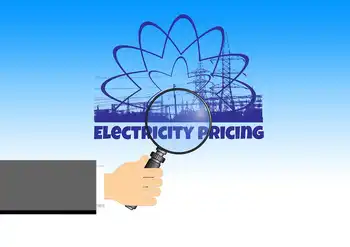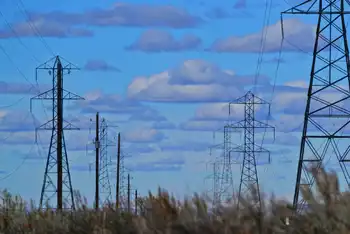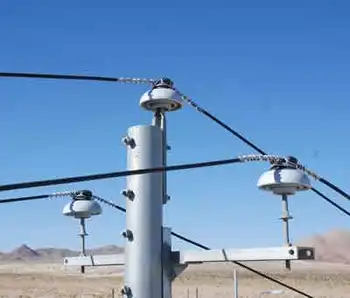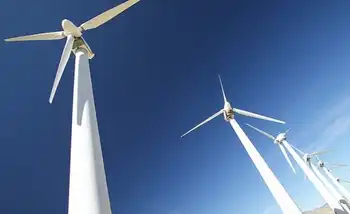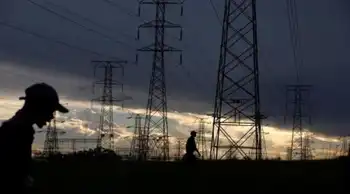$290M sought to capture carbon at power plant
By Associated Press
Substation Relay Protection Training
Our customized live online or in‑person group training can be delivered to your staff at your location.

- Live Online
- 12 hours Instructor-led
- Group Training Available
If approved, the government money would pay half the cost of the demonstration project at the Dominion Virginia Power plant being built in Wise County, Dominion announced.
Dominion would provide nearly $200 million, with the rest supplied by members of the coalition spearheaded by the Virginia Center for Coal and Energy Research at the university in Blacksburg.
Plans call for sequestration of up to 1,500 tons of carbon dioxide a day from the plant in unmineable coal seams and underground saline formations in the area.
The plant would emit about 14,500 tons of carbon dioxide daily if it burns coal full time when it goes into operation in 2012. But Dominion spokesman Greg Edwards said greenhouse gas emissions will be less because carbon-neutral biomass will be in the fuel mix.
The coalition expects the U.S. Department of Energy to decide by November whether to award the grant proposal it submitted, Edwards said. If approved, the project would begin in the spring of 2015.
"This project will be a significant step forward in finding a viable means of controlling carbon emissions from power stations," Michael Karmis, director of the Virginia Tech center, said in a statement issued by Dominion. "We are fortunate that Virginia has an advanced power plant and suitable injection sites in close proximity."
Dominion's portion of the project would cost nearly $200 million, Edwards said. The Virginia Tech center and other coalition members would share the remainder of the cost. Other participants include the Southern States Energy Board, engineering and geological consultants, coal and gas companies and railroads.
Edwards said carbon dioxide could be stored in coal seams that are about 15 to 20 miles from the plant.
Cale Jaffe, an attorney with the Southern Environmental Law Center that filed court challenges to the plant's construction, said he couldn't comment on the proposal because he hadn't seen details yet.
He added that the law center hadn't decided whether it will appeal a recent Richmond Circuit Court ruling rejecting its challenge to the plant's planned carbon dioxide emissions.
Edwards couldn't say whether Dominion or the Virginia Tech center initiated the project, but noted that the utility company has had a long relationship with the center. Dominion gave the center $500,000 in 2007 to support its carbon sequestration research, he said.
Karmis did not return a telephone message seeking comment.
The center in April completed a small-scale test of carbon sequestration in a southwest Virginia coal seam.
So far, 95 percent of the 1,000 tons of carbon dioxide pumped into a seam has been retained, Edwards said.





